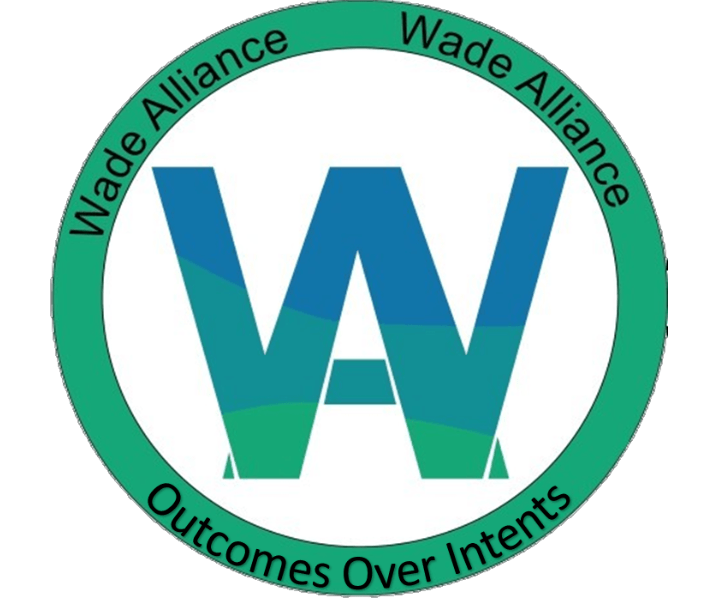Evaluating a Mission-Driven Organization

Many organizations claim to be "Mission Driven" because they have dedicated time and energy to crafting a mission statement that is often aspirational. "Mission First" is a catchy phrase but often does not reflect the actual culture and operations of the company or the “profit above people” decisions they make. The Wade Alliance partners with organizations that prioritize their stated mission and demonstrate the following six characteristics.
1. Have clearly stated missions. Take for example The American Red Cross: The American Red Cross prevents and alleviates human suffering in the face of emergencies by mobilizing the power of volunteers and the generosity of donors. Compared to failed crypto exchange FTX: Our mission is twofold - to build the best derivatives exchange and to help move this space toward becoming institutional! All mission statements sound active and forward thinking and the mission statement is where we begin to evaluate if the organization is led by its mission.
2. Are known by their mission. When you think of an organization and then learn their mission statement you should not be surprised. The Red Cross is known for helping during a disaster. We know what The Coca Cola company does but its mission “To refresh the world and make a difference” is rarely considered outside of the company. When others describe your mission driven company their description should be similar to your mission.
3. Publicly display outcomes. The most challenging task of a mission driven organization is to showing vulnerability in their performance. Sharing success is easy, sharing deficits is not. It is a rare organization willing to publicly show where they miss the mark with their mission. An example of showing how the mission aligns with the people in the organization is done exceptionally well by Goodwill https://www.comparably.com/companies/goodwill/mission They publicly display that 41% are not proud to be a part of the company and that only 8% feel the company mission is the most important part of their job. Mission driven companies who share publicly their progress know that you can’t fix a problem until you know the problem exists.
4. Members can state the mission. It is expected that members of the C-Suite can state the mission, vision and key points of the strategic plan. A mission-driven organization has the majority of its members able to state the mission. I’ve recently joined Team Rubicon and from the beginning it became clear that it is a veteran-led disaster relief organization. I don’t have the full statement memorized: “Team Rubicon is a veteran-led humanitarian organization, built to serve global communities before, during, and after disasters and crises. For us, no operation is too large or small. We go where disaster strikes, helping the people that need us most in the moments they need us most.” But I can easily tell anyone their mission.
5. Spend directly on the mission. “Put your money where your mouth is.” We judge charitable organizations by what percentage of their income goes to administrative costs. The percentage of a budget that does not directly support the mission is equally informative. McDonald’s mission “Our mission is to make delicious feel-good moments easy for everyone.” A Chief Financial Officer would argue that every penny contributes to making delicious food and goes into operating expenses. In 2022 about 20% or $2.7B of the $13.5B in expenses went to food and paper. A company where 80% of the budget goes to maintaining the company is hard to argue as being mission driven.
6. Metrics measure mission success. Lastly, the metrics identified as important tell the story of what is a priority. The mission-driven organization where I’ve spent most of my career is the military. The management allocation of the $800B 2023 budget is $1.7B and the rest goes to personnel, training, equipment and research. The mission is always first. Another example of metrics reflecting the mission can be seen looking at the five common church metrics: 1. Offerings 2. Membership 3. Event participation 4. Conversions and 5. Volunteers. The emphasis on each of these metrics can paint a picture of what the church and its leadership values.
Most organizations have a mission and most organizations prioritize their financial health in order to achieve their mission. Purpose-driven or mission-driven entities shares the unifying characteristic of working with the question “Why are we doing this?” in the lead. Use these markers to evaluate your organization and the organizations you would like to work with to achieve your mission.



